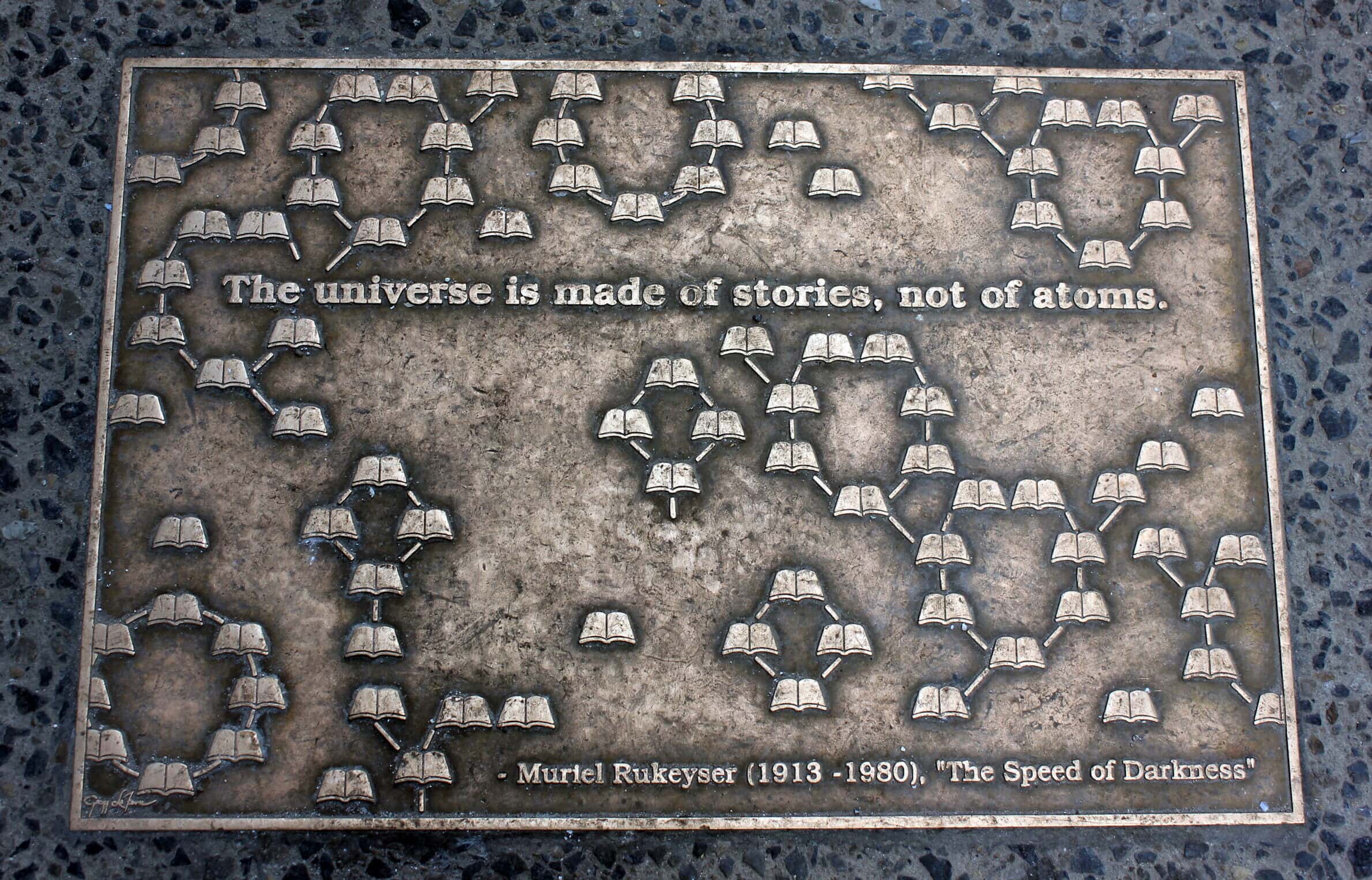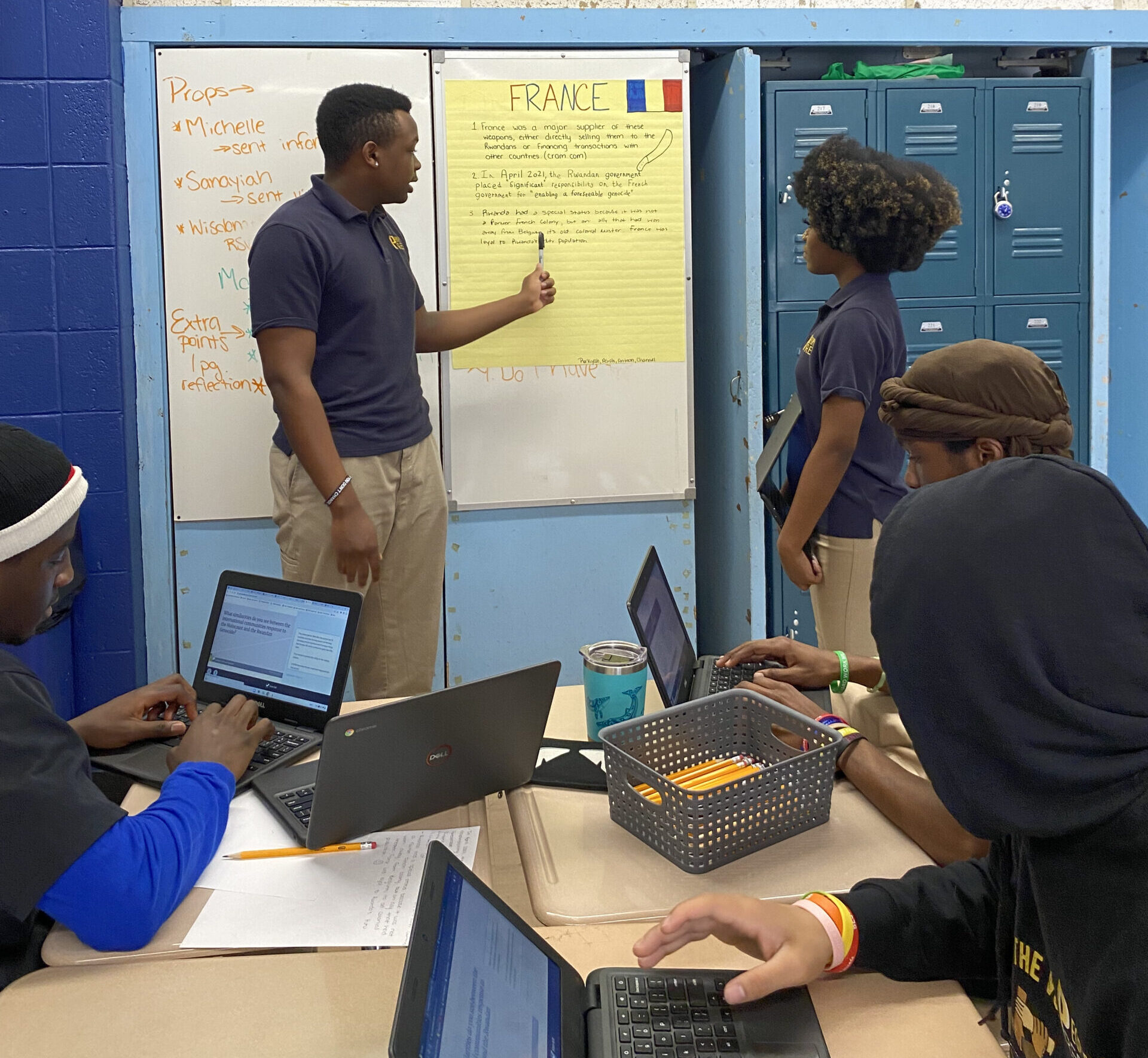I have been much revived by receiving two letters from you last Night … . We have had very dry weather not a rainy day since you left us … the Cattepillars have been innumerable.
—Abigail Adams to John Adams
I can now inform you that Congress have made Choice of the modest and virtuous, the amiable, generous and brave George Washington Esqr., to be the General of the American Army… . It is long since I have heard from you … . My Duty and Love to all. My dear Nabby, Johnny, Charly and Tommy come here and kiss me.
—John to Abigail
The Book of Abigail and John: Selected Letters of the Adams Family, 1762–84 (1975)
How do today’s high school students—with their present-day orientation—think about the past? How can teachers help them “to think historically”? When we try, often they are so disconnected from what we want them to learn that history has no meaning and, worse, no fascination for them. I tell my classes that I think of history as the study of how people lived at any given time, and then I work in a variety of ways to help them to think about what that means. How, for example, can they understand the terrible, risky efforts of the English colonists? Textbooks are often clear about the development of political theory or the impact of imperial economic policy on the colonies. For most students, however, these exist in a vacuum of relatively little interest.
Abigail Adams (running the family business, coping with family crises, and worried about the well being of her husband) and John (excited by his participation in unusual events but lonely and concerned about his family) sent each other lengthy letters without ever being sure they would be received. In fact, they seldom saw each other as he advanced in his career and she kept the farm going. For students to think their way into those lives means peeling away layer after layer of unexamined assumptions about the essentials of life and the realities of history. My students read large chunks of the Adams correspondence—a lengthy assignment cheerfully disguised as “reading other people’s mail”—in order to create connections to the people who lived the event. The selections also, more prosaically, give us a chance to consider gender roles and social expectations of the time, to notice the level of education obtained even by the “uneducated” women of Abigail’s social class, and to yearn for the days of unrestricted choice in spelling. From there, we are able to move more successfully to a more general consideration of the period.
To think historically is hard for students. In imagining themselves living at a particular time, they have trouble breaking free from anachronistic technological advances. For example, in discussing Holy Roman Emperor Charles V’s endless efforts and ultimate failure to maintain control of his territories, we focus on issues of communication. Students do not, of course, envision telephones or faxes, but what about roads? They realize there were no motor vehicles but they must think even harder about what it meant to have such a long time between an action and the news of it, or a law and its implementation. I use maps, documents, and prints of paintings to make some connections. One of the most successful ways to convey a sense of the way many people actually lived is to show the film The Return of Martin Guerre, especially in the French, subtitled version, which is replete with barnyard noises. That evocation of village life is compelling and leads to long discussions about family life, the relation of a small village to the local court system, gender roles, and the nature of evidence. The one concrete piece of evidence, the cobbler’s last (a shoemaker’s tool), is rejected by the parlement. Because it is so easy for today’s students to prove who they are, the question of how one would do so in the 16th century brings a sudden, and often unsettling, sense of another time.
Sometimes using a variety of materials to supplement the text helps students to look at a familiar period from a different angle, which can lead them to a more subtle understanding. I have added several sections to my unit on the French Revolution in order to try to come closer to the complications of that event. For example, we read Olympe de Gouges’s “Declaration of the Rights of Woman” (1791) (B. Tierney and J. Scott, eds., Western Societies, v. 2 [1984]) and the response from the National Convention (1793). These occasion lively exchanges, especially when I have students with strong views on either side of feminist issues. We also discuss those aspects of their lives that the Frenchmen of 1793 had been willing to change: everything from dress to worship, from greetings to how social classes were structured. We realize how difficult it is to understand the thinking of “revolutionaries.”
There are times, however, when the charge to “think historically” is a special challenge. In one course, where I use the Holocaust as a case study to investigate human behavior, the effort to understand the thinking of those involved generates a discussion of significant contemporary moral issues. Watching a film on the Hitler Youth and reading descriptions of Nazi schools can help students to understand how those young men might have thought and felt. But the hazard comes when students rationalize the later actions of those men by excusing them from responsibility because “that’s what they were taught.” We go beyond the understanding to a discussion of when and how people should be held accountable, what choices people have, and what kind of moral responsibility individuals have in their social and political context. Reading assignments help, but in the end this lesson draws on students’ deepest personal convictions. Thinking historically can go only part of the way.
In attempting to understand the lives and minds of earlier generations, probably the greatest challenge is in the area of religion. I always have students who are informed about the rituals of their own faith, but for most the centrality of religious faith in the premodern era is so far from their experience that appreciating it is nearly impossible. They assume the German princes who followed Martin Luther acted entirely out of economic and political self-interest and, except for some Roman Catholic students, are surprised that everyone else didn’t respond the same way. We have looked at works of art and architecture to create a physical sense of the era, but it is difficult for students to grasp the essence of these issues. One year we were going over the text of an indulgence when a student burst out, “I would never buy one of these!” I asked, eagerly, for an explanation. “There’s no guarantee,” she said. I still have not decided whether that was a high or a low point in my efforts help students to think historically.
Linda S. Kaufman teaches at Buckingham Browne & Nichols School in Cambridge, Massachusetts. A graduate of Smith College, she has served as reader, table leader, and member of the Test Development Committee for the Advanced Placement European History Examination of the College Board.


